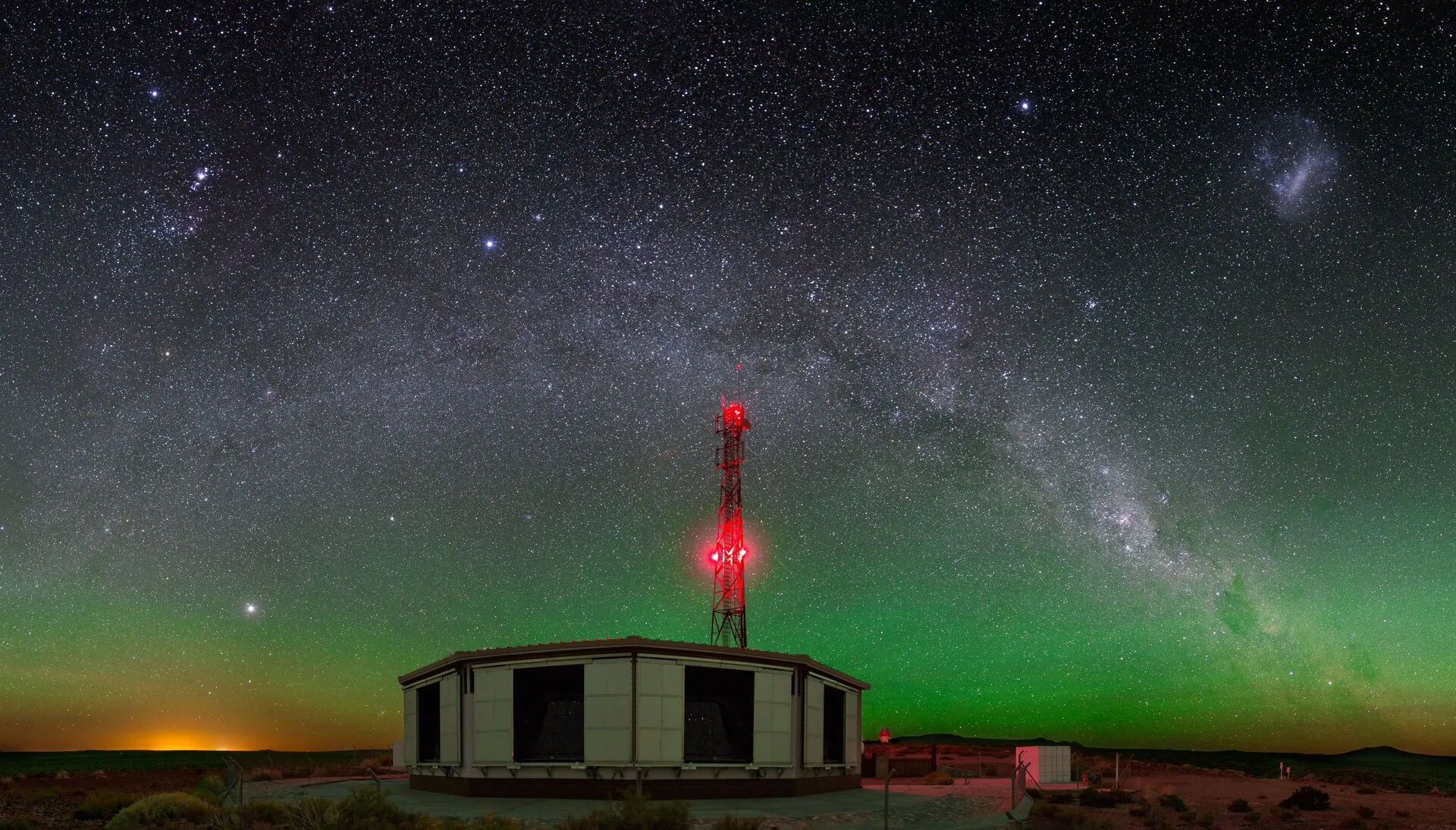Despois de varios meses de análise exhaustiva, a Colaboración Científica LIGO, na que participa o Instituto Galego de Física de Altas Enerxías (IGFAE) ‒centro mixto da Universidade de Santiago (USC) e a Xunta de Galicia‒ e a Colaboración Virgo publican hoxe un catálogo actualizado de deteccións de ondas gravitacionais. O catálogo contén 39 novos sinais de buracos negros ou colisións de estrelas de neutróns detectadas entre o 1 de abril e o 1 de outubro de 2019, o que triplica o número de deteccións confirmadas. O novo conxunto inclúe algúns dos sistemas máis interesantes detectados ata o de agora e permite estudos cualitativamente novos de poboacións astrofísicas e física fundamental.
O incremento de deteccións foi posible grazas a importantes melloras nos instrumentos con respecto a períodos de observación anteriores. Estas incluíron unha maior potencia láser, espellos mellorados e, extraordinariamente, o uso de tecnoloxía de compresión cuántica. Todo iso resultou nunha mellora dun 60% no rango en que se poden detectar os sinais. Os detectores tamén puideron operar con menos interrupcións que no pasado, mellorando o ciclo de traballo dun 60% a un 75% aproximadamente.
Con todas estes novos sinais, podemos empezar a comprender mellor as poboacións de buracos negros e estrelas de neutróns. Ao analizar simultaneamente a poboación completa de fusións binarias de buracos negros, pódese extraer moita máis información astrofísica como, por exemplo, que a distribución de masas de buracos negros non segue unha distribución simple de lei de potencias. Medir as desviacións desta lei de enerxía permitirá coñecer a formación destes buracos negros, xa sexa como resultado de mortes estelares ou colisións previas. Considerar a toda a poboación de obxectos tamén permite facer medicións máis sólidas de propiedades difíciles de calcular, como o xiro dos buracos negros. Atopouse que algúns buracos negros fusionados teñen espines que están desalineados co seu momento angular orbital. Isto permitirá probar os réximes nos que se formaron estes sistemas binarios.
Tamén se poden utilizar os numerosos sinais deste catálogo para poñer a proba a teoría da gravidade de Einstein de máis e mellores formas que antes. Isto fíxose comparando os datos coas predicións da teoría e limitando as posibles desviacións. Os resultados de múltiples sinais combináronse utilizando novos métodos estatísticos para obter as restricións máis precisas ata o de agora sobre as propiedades da gravidade no réxime forte e altamente dinámico de fusións de buracos negros. LIGO e Virgo tamén puideron estudar directamente as propiedades dos obxectos remanentes producidos durante as fusións: medindo as vibracións destes obxectos e descartando posibles “ecos” despois dos sinais principais, confirmaron que os remanentes se comportan tal e como predicir a teoría de Einstein acerca dos buracos negros.
Os resultados que se presentan hoxe no novo catálogo corresponden aos 6 primeiros meses do terceiro período de observación (O3a) de LIGO e Virgo e agora estanse analizando os resultados dos 5 meses restantes. Mentres tanto, están a levarse a cabo melloras en ambos os instrumentos para preparar o cuarto período de observación, ao que se sumará o detector KAGRA en Xapón.
Máis información:
- Resumo científico do catálogo GWTC-2 (Catálogo de Ondas Gravitacionais Transitorias 2) publicado: https://www.ligo.org/science/Publication-O3aCatalog/translations/science-summary-spanish.pdf (castelán)
- Máis detalles sobre o primeiro catálogo, GWTC-1, nestes dous artigos:GWTC-1: A Gravitational-Wave Transient Catalog of Compact Binary Mergers Observed by LIGO and Virgo during the First and Second Observing Runs e Binary Black Hole Population Properties Inferred from the First and Second Observing Runs of Advanced LIGO and Advanced Virgo






